Getting to space

Easing from the grasp of Earth’s gravity is no easy feat. Humans dreamed of going to the stars for centuries, but it took until 1961 for Yuri Gagarin to become the first human to orbit our planet.
When ignited, the Soyuz launcher delivers mind-boggling power to escape the clutches of Earth’s gravity and provide a cruising speed of 28 800 km/h.
Within 10 minutes of rising from the pad, ESA astronaut Thomas Pesquet, Roscosmos commander Oleg Novitsky and NASA astronaut Peggy Whitson travelled over 1640 km and gained 210 km altitude. Every second for nine minutes, their spacecraft accelerated 50 km/h on average.
Thomas was the first ESA astronaut to fly on the upgraded Soyuz MS vehicle.
Their Soyuz MS-03 spacecraft shares its name with the Soyuz launcher, which means ‘union’ in Russian. The ‘MS’ denotes the most recent update to the fourth generation of this long-serving spacecraft. It stands for Modified Systems, with many smaller technological upgrades to make the spacecraft lighter and more modern. For example halogen lights have been replaced with LEDs and newer and larger solar panels to increase power generation.

Using a different numbering system, the flight was also designated as Soyuz 49S – the 49th crewed Soyuz launch to the International Space Station.
Astronauts wear Sokol suits that offer protection in an emergency. They are designed for the Soyuz sitting position, which is why astronauts look so hunched over as they walk to their rocket.

Expedition 50 took two days to reach the Station while orbiting Earth 34 times.
Soyuz carries a module on top of the crew section to serve as living quarters enroute to the Station. Naturally, a toilet is included.

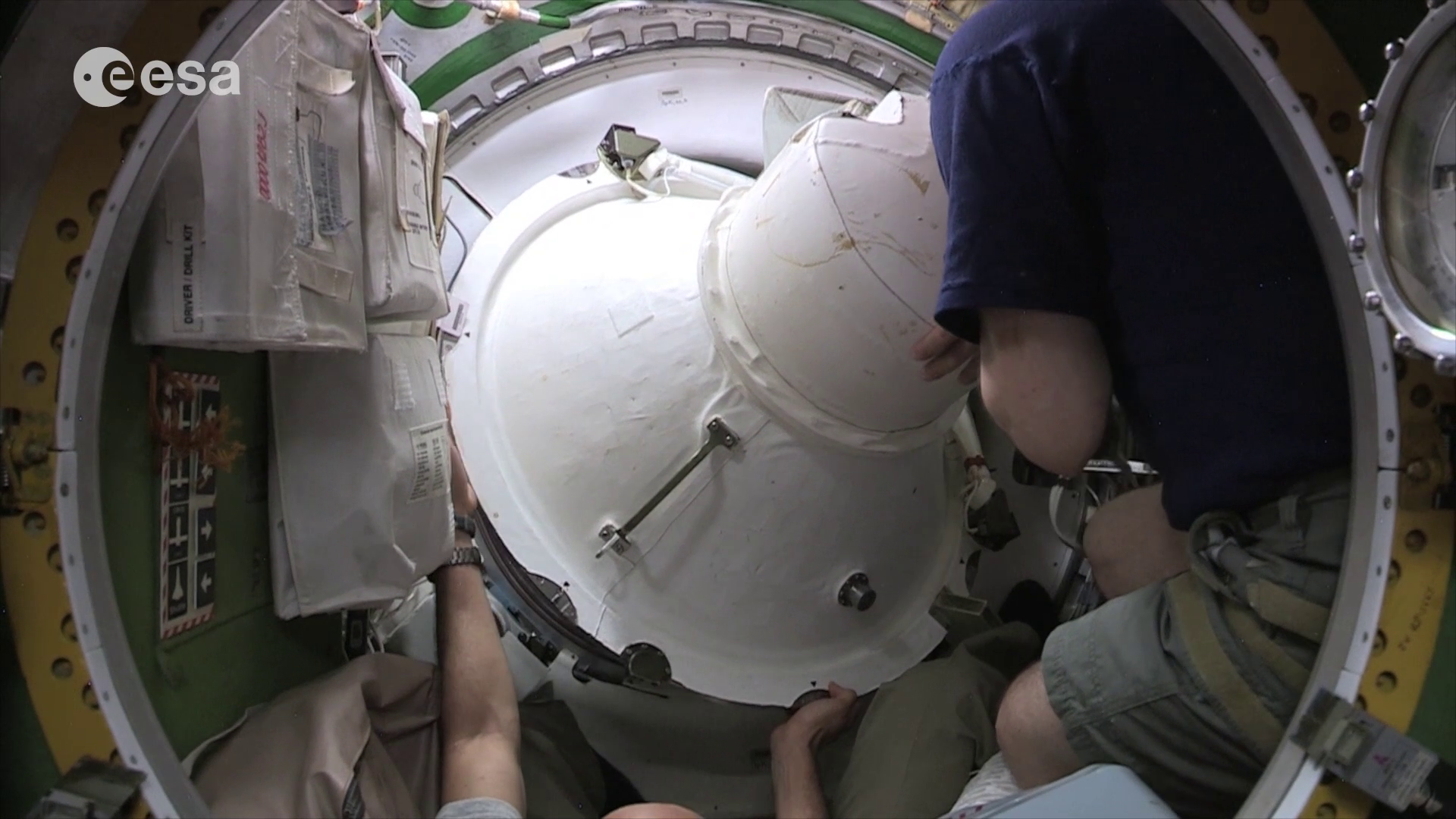
Access the video














 Germany
Germany
 Austria
Austria
 Belgium
Belgium
 Denmark
Denmark
 Spain
Spain
 Estonia
Estonia
 Finland
Finland
 France
France
 Greece
Greece
 Hungary
Hungary
 Ireland
Ireland
 Italy
Italy
 Luxembourg
Luxembourg
 Norway
Norway
 The Netherlands
The Netherlands
 Poland
Poland
 Portugal
Portugal
 Czechia
Czechia
 Romania
Romania
 United Kingdom
United Kingdom
 Slovenia
Slovenia
 Sweden
Sweden
 Switzerland
Switzerland


























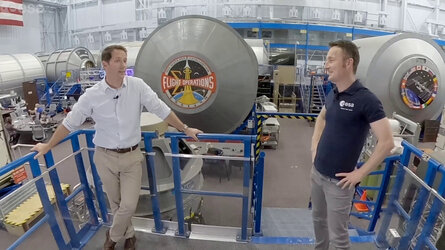



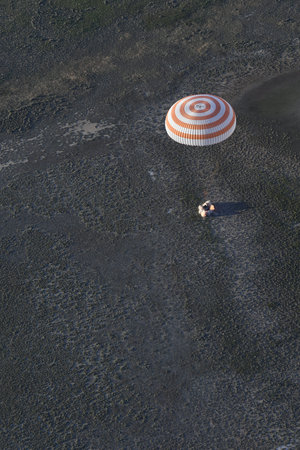
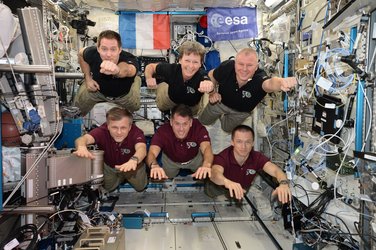
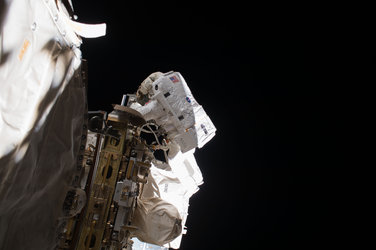
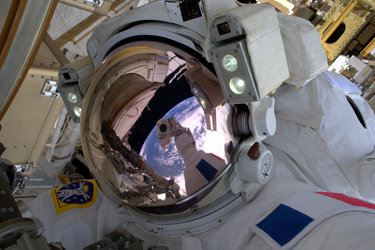
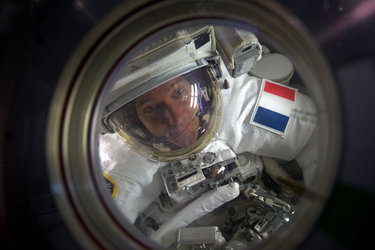
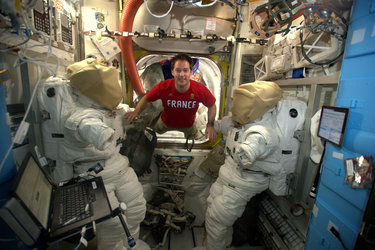
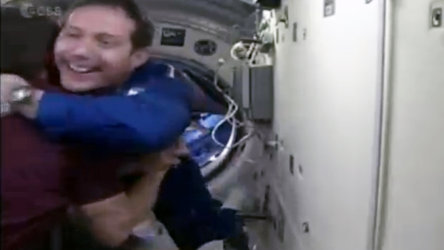
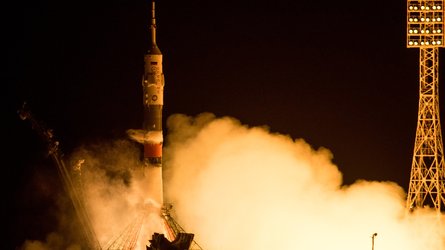
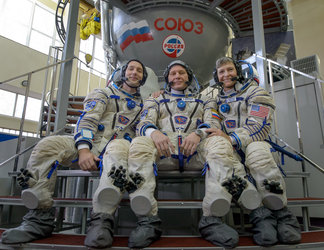
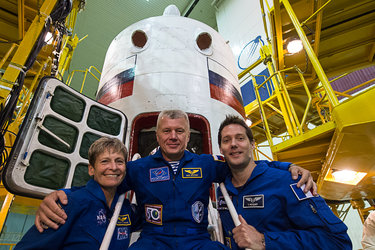

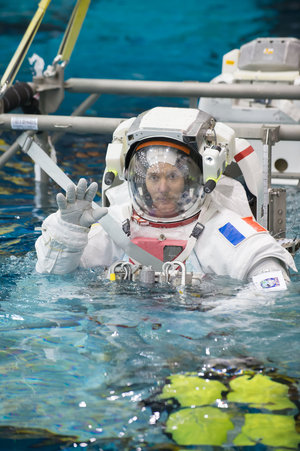

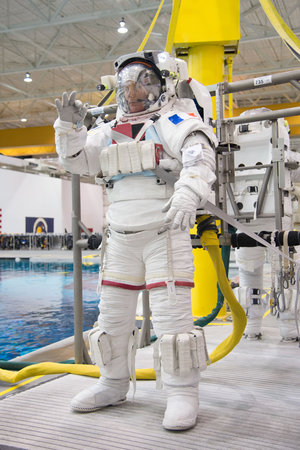
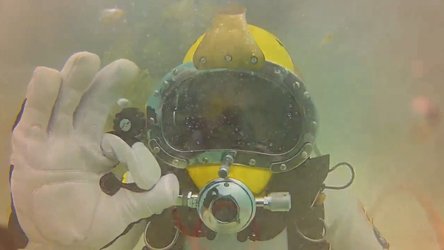
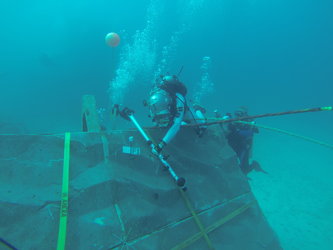




 Thomas Pesquet on Facebook
Thomas Pesquet on Facebook Thomas Pesquet on Instagram
Thomas Pesquet on Instagram Thomas Pesquet on YouTube
Thomas Pesquet on YouTube
